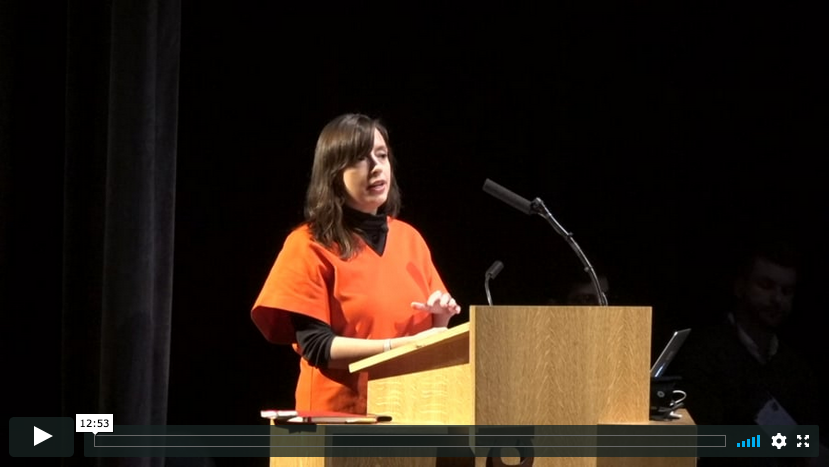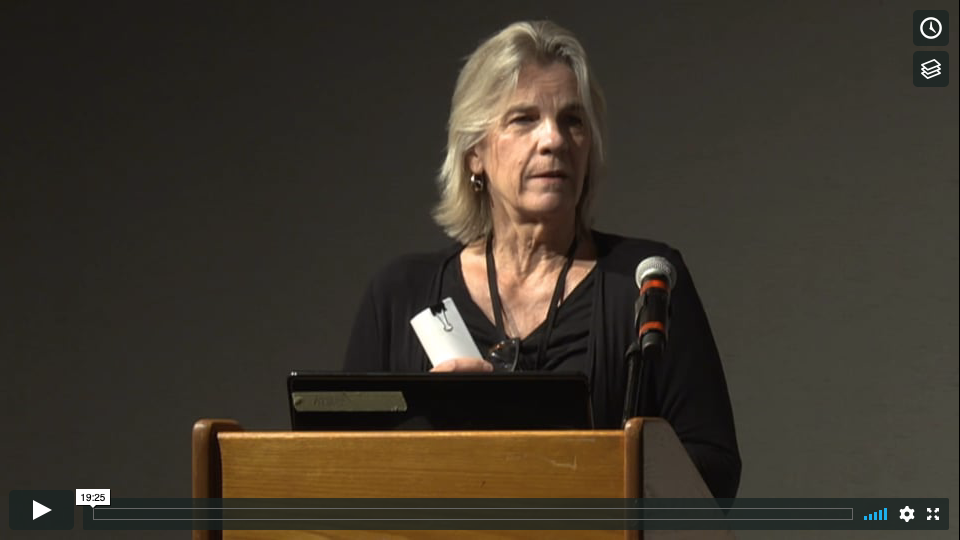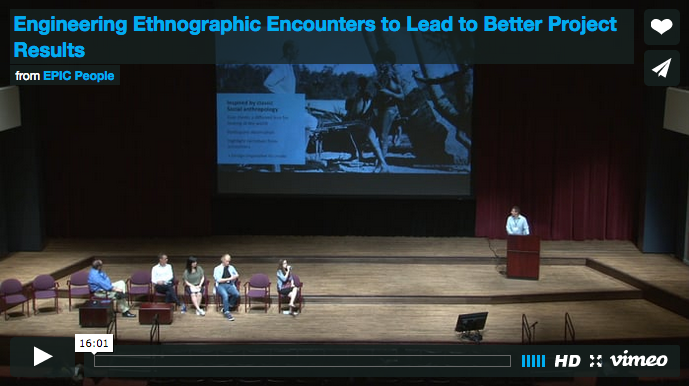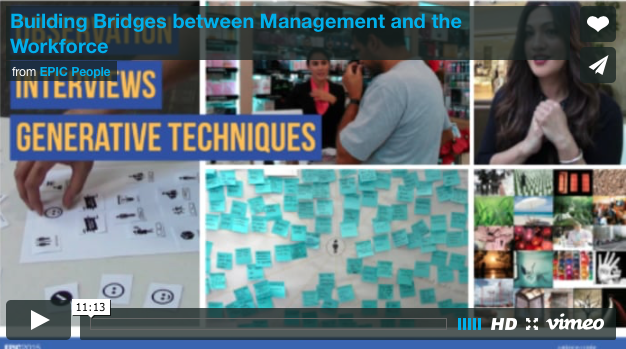This paper introduces an theoretical and interpretive tool, the Process of Argumentative Aphasia, for...


This paper introduces an theoretical and interpretive tool, the Process of Argumentative Aphasia, for...

This case study demonstrates the value of ethnography and qualitative approaches in Latin American industry,...

Three service design projects, in hospitality, finance, and health care, highlight how to design for agency in the workplace, including the implementation of automated and data-driven tools. Inspired by Tacchi, Slater, and Hearn's work on ethnographic action research, Amartya Sen's capabilities...

Case Study—We report on a two-year project focused on the design and development of data analytics to support the cloud services division of a global IT company. While the business press proclaims the potential for enterprise analytics to transform organizations and make them ‘smarter’ and more...

Case Study—This case study highlights the value of taking clients through their own ethnographic encounters during a customer experience project. It demonstrates how taking key project stakeholders on fieldwork builds their empathy with their sales and service channels and end-customers, and...

This paper examines the sales force in a retail setting, considering how Business Anthropology can enlighten managerial practices as a means to defining organisational strategy. Specifically, we look at sales force engagement, motivation and reward – considering how to build bridges in the...

In this paper I explore the often fleeting, seemingly constrained acts of expression performed through participation in everyday, routinized actions and practices. The vehicle I use for this exploration is the tools, processes and practices sales professionals use to manage the list of possible...

Philip Delves Broughton is a journalist, management writer, and best-selling author of two books. Philip was a journalist with The Daily Telegraph for ten years, latterly as Paris Bureau Chief (2002-04) before he took an MBA at Harvard, which became the subject of his first book, the best-selling...